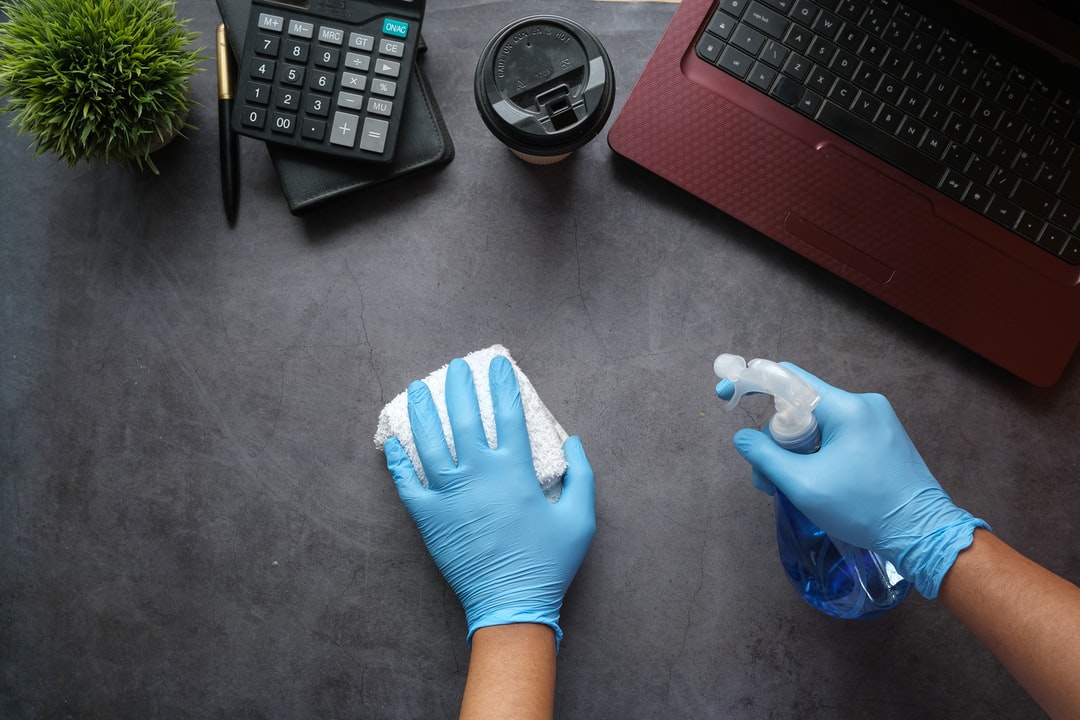Did you know that the average American spends 6 hours a week doing household chores? These chores include everything from laundry to doing dishes. While this seems like a lot, all those small tasks add up quickly!
But how often should you dust? It is a question often debated between cleaners, and we are here to finally set the record straight!
Keep reading to find out!
What Is Dust?
If you know what dust is made of, you might feel inclined to do it every day. However, that is likely not necessary unless you have severe dust allergies.
Dust is mainly made of dander, dead skin cells, and fabrics. But you will notice an uptick in dust particles during the spring and summer months when your windows are open, and the pollen count is high.
Pollen and other contaminants can enter your house through windows, vents, and doors, but most dust comes from within. If you have a pet, kids, and a large household, you’ll see that your house gets dusty faster.
Why Is My House So Dusty?
Now that you have an idea of what dust is, you might still wonder why the house is still dusty. You do not have pets, a large household, and keep your windows closed. So, where is this extra dust coming from?
Several other things can contribute to a dusty house. For example, when was the last time you cleaned your HVAC filters? Most of the air circulation comes through your HVAC system, so if your filters are have accumulated dust, it could be time to change them.
Another reason could be your carpet and other textiles. They trap dust in the fabric that releases when disturbed. You can eliminate this type of dust by regular vacuuming.
How to Get Rid of Dust?
A regular dusting will put a big dent in the dust collecting on your high-traffic surfaces, but it might not be enough, especially if you or any other household members have allergies.
When you are dusting, we don’t recommend using a feather duster. Although technology has improved and they do trap some dust, a damp microfibre cloth with a cleaning solution will do a much better job for surfaces.
Feather or microfibre dusters are great for hard-to-reach places, such as ceilings, lights, and other low-traffic areas.
When cleaning high-traffic surfaces, don’t drench the cloth in a cleaning solution. It can damage the furniture, leave streaks, and waste a lot of product. Instead, lightly sprits it with a spray bottle and wipe the surface.
This method will trap most of the dust, but it will also disinfect and clean off any other grime present on the furniture. Think coffee stains, fingerprints, and more!
How Often Should You Dust?
So, now comes the real question. How often should you dust?
All you need to do is count to three.
1. Once a Week
There are some things that you should clean at least once a week, maybe more if you are using them daily.
For example, your desk, dining room table, and coffee table need a regular wipe. Other items include:
- Lamps
- Chairs
- Sofas
- Side tables
While dust does not necessarily accumulate on all of these surfaces, you will see other types of dirt like food particles, cup rings, and other grime.
2. Twice a Month
The surfaces that need dusting twice a month are areas that don’t see a lot of traffic. Rooms like guest rooms, bedrooms, hallways, and other spaces that normally don’t see a lot of traffic need wiping every two weeks.
It is not a big deal if you miss a week, so don’t stress it if you can’t clean it twice a month.
Additional to the rooms above, dust areas and surfaces like:
- TVs
- Ceiling fans
- Baseboards
- Doors
- Blinds
- Wall decor
- Shelving
3. Three Times a Year
The items that need cleaning every three to six months are things that are hard to reach and rarely used. Some people would call these the unnoticeable. They are the dark corners, the high cobwebs, and the hidden parts of the house that the spiders like.
Consider cleaning these spaces in the spring, end of summer, and just before the holidays:
- Crown molding
- Top of high furniture
- Inside of light fixtures
- Plants
- Curtains
Dusting Tips
The first rule for dusting is to clean the highs first and then the lows. So if you are getting rid of the cobwebs and dust on the ceiling, do that first. Then, wait a moment to let the dust settle, and then use microfibre cloths to dust them up.
Sometimes dust is more difficult to remove because it mixes with other particles and contaminants. You’ll likely find this in the kitchen and the bathroom. Grease and moisture cake the dust onto the surfaces making it harder to remove.
We like to call this grust. It is a mixture of grease and dust that you can find around your stove, in your range hood, and sometimes the backsplash. You will need to use some elbow grease, some degreaser, and sometimes a scrubby to get rid of the grust.
Alternatively, you can hire a professional to get the job done!
Dusting 101: Hire a Professional Today!
Dusting can take up a lot of precious time. However, you know now how often you should dust, so can you fit that into your schedule?
If the answer is no, why not hire a professional to take a load off your shoulder. You can come home to a sparkling home and relax after a hard day at work; instead of picking up the cleaning tools, let someone else take care of it for you.
Get an instant quote today and start living your best life!





